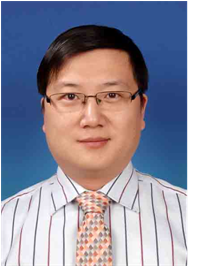
报告简要:
Electrochemical gas-involved reactions can be divided into two types: gas-evolution reaction and gas-consumption reaction, both of which are crucial for a variety of energy conversion processes and industries (e.g. HER and ORR). For gas-evolution reaciton, if generated gas bubbles pin at the electrode surface and cannot escape from the surface in time, the accumulated bubbles will reduce the effective electrode surface area, increase diffusion resistance and enlarge polarization effect, resulting in more energy consumption. How to construct a novel electrode to promote gas bubble release is critical for improving the electrochemical efficiency besides activity improvement. Inspired from bio-inspired superwetting surfaces, we found that the interface behavior of electrode could be tuned by surface architecture construction, for example, transferring from aerophobic to superaerophobic by engineering a series of micro-/nanostructured electrode, eg. MoS2, pine-shaped Pt, NiFe LDHs and Cu films. This kind of superaerophobic electrodes could decrease the critical size of gas overflowing from the surface by cutting the three phase contact lines into discontinue dots, and thus reduce the diffused impedance and maintain the integrity of the solid−liquid interface that is necessary for electrocatalysis (e.g. water splitting and hydrazine fuel cells). On the other hand, for gas-consumption reaction, the construction of micro-/nanostructed “superaerophilic” electrode could accelerate gas diffusion to reaction zone via gas-phase to solve the issue of low solubility and slow diffusion of gases in traditional electrocatalysiss reaction system with limited current density (eg., ORR)[8]. Therefore, the construction of superwetting electrodes is imperative to improve gas transport at electrodes surface and to enhance activity and stability of electrodes.